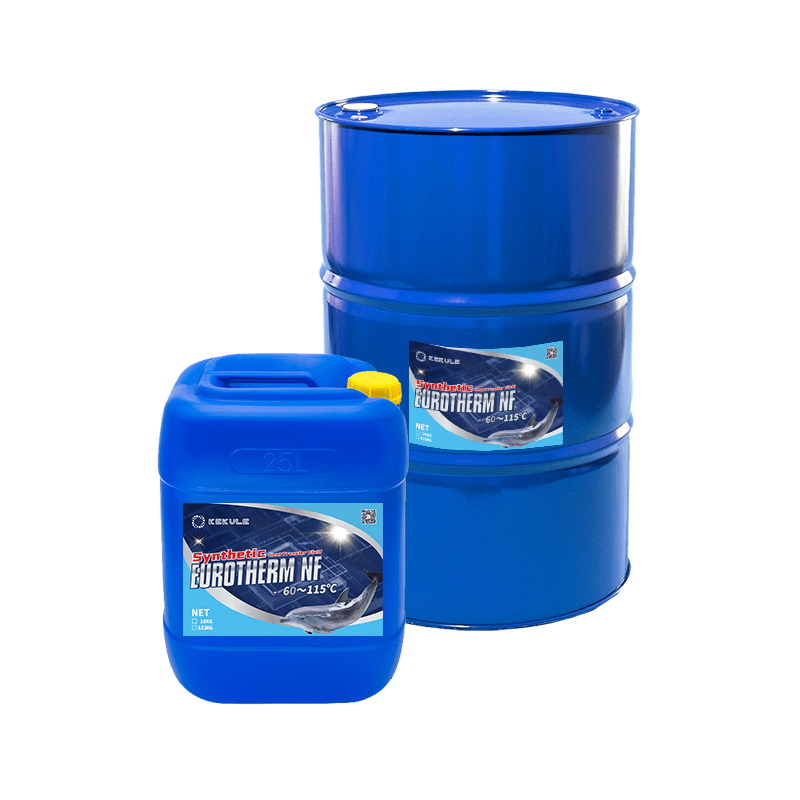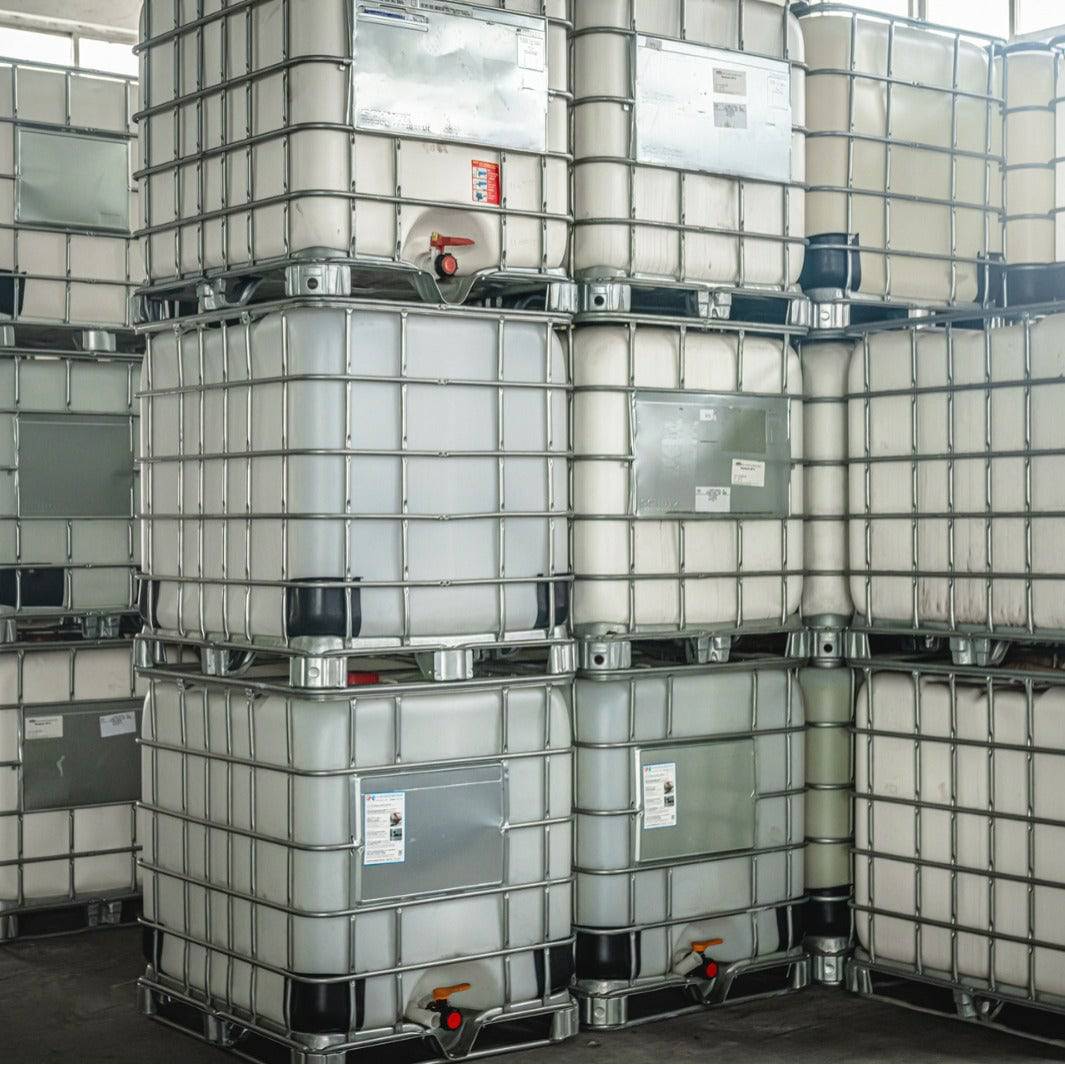An Unbiased View of Chemie
An Unbiased View of Chemie
Blog Article
Get This Report on Chemie
Table of ContentsRumored Buzz on ChemieNot known Factual Statements About Chemie Everything about ChemieHow Chemie can Save You Time, Stress, and Money.More About Chemie7 Simple Techniques For Chemie
By Bojanna Shantheyanda, Sreya Dutta, Kevin Coscia and David SchiemerDynalene, Inc. Liquid air conditioning, which can be achieved utilizing indirect or straight methods, is made use of in electronics applications having thermal power thickness that may exceed safe dissipation via air cooling. Indirect liquid cooling is where warm dissipating digital elements are literally separated from the fluid coolant, whereas in situation of straight cooling, the elements are in direct call with the coolant.However, in indirect cooling applications the electrical conductivity can be essential if there are leakages and/or splilling of the fluids onto the electronic devices. In the indirect air conditioning applications where water based liquids with rust preventions are usually used, the electrical conductivity of the liquid coolant mostly depends on the ion concentration in the liquid stream.
The boost in the ion concentration in a closed loophole fluid stream may occur due to ion leaching from steels and nonmetal elements that the coolant liquid is in call with. Throughout operation, the electric conductivity of the liquid might enhance to a level which can be dangerous for the air conditioning system.
4 Easy Facts About Chemie Explained
(https://www.ted.com/profiles/48599309)They are bead like polymers that can exchanging ions with ions in a remedy that it touches with. In today job, ion leaching tests were carried out with various steels and polymers in both ultrapure deionized (DI) water, i.e. water which is dealt with to the highest possible levels of pureness, and reduced electric conductive ethylene glycol/water combination, with the determined change in conductivity reported in time.
The samples were permitted to equilibrate at room temperature for two days before taping the preliminary electrical conductivity. In all examinations reported in this study liquid electric conductivity was measured to a precision of 1% making use of an Oakton disadvantage 510/CON 6 series meter which was adjusted prior to each measurement.
Chemie Things To Know Before You Buy
from the wall home heating coils to the center of the furnace. The PTFE example containers were positioned in the heating system when stable state temperatures were gotten to. The examination arrangement was eliminated from the heating system every 168 hours (seven days), cooled to room temperature level with the electric conductivity of the liquid determined.
The electric conductivity of the liquid example was kept track of for a total amount of 5000 hours (208 days). Schematic of the indirect shut loop cooling experiment set up. Components used in the indirect closed loop cooling experiment that are in contact with the liquid coolant.

10 Easy Facts About Chemie Shown
The change in liquid electrical conductivity was monitored for 136 hours. The liquid from the system was gathered and stored.

0.1 g of Dowex resin was included in 100g of fluid samples that was taken in a different container. The mix was mixed and change in the electric conductivity at room temperature level was gauged every hour. The measured adjustment in the electrical conductivity of the UP-H2O and EG-LC examination fluids consisting of polymer or metal when engaged for 5,000 hours at 80C is revealed Number 3.
All about Chemie
Number 3. Ion seeping experiment: Measured change in electric conductivity of water and EG-LC coolants including either polymer or metal samples when immersed for 5,000 hours at 80C. The results suggest that steels added less ions right into the fluids than plastics in both UP-H2O and EG-LC based coolants. This might be due to a thin metal oxide layer which might act as an obstacle to ion leaching and cationic diffusion.
Fluids including polypropylene and HDPE exhibited the lowest electrical conductivity adjustments. This might be due to the brief, inflexible, linear chains which are much less likely to add ions than longer branched chains with weak intermolecular forces. Silicone additionally carried out well in both test liquids, as polysiloxanes are typically chemically inert as a result of the high bond power of the silicon-oxygen bond which would certainly avoid degradation of the product right into the liquid.
The Best Guide To Chemie
It would certainly be anticipated that PVC would create comparable results to those of PTFE and HDPE based on the similar chemical structures of the products, however there may be various other contaminations existing in the PVC, such as plasticizers, that may impact the electric conductivity of the liquid - silicone fluid. In addition, chloride groups in PVC can additionally seep into the test liquid and can trigger a rise in electrical conductivity
Polyurethane entirely degenerated right into the examination fluid by the end of 5000 hour examination. Before and after pictures of steel and polymer samples immersed for 5,000 hours at 80C in the ion seeping experiment.
Calculated adjustment in the electric conductivity of UP-H2O coolant as a function of time with and without resin cartridge in the closed indirect air conditioning loophole experiment. The gauged modification in electrical conductivity of the UP-H2O for 136 hours with and without ion exchange material in the loop is shown in Figure 5.
Report this page